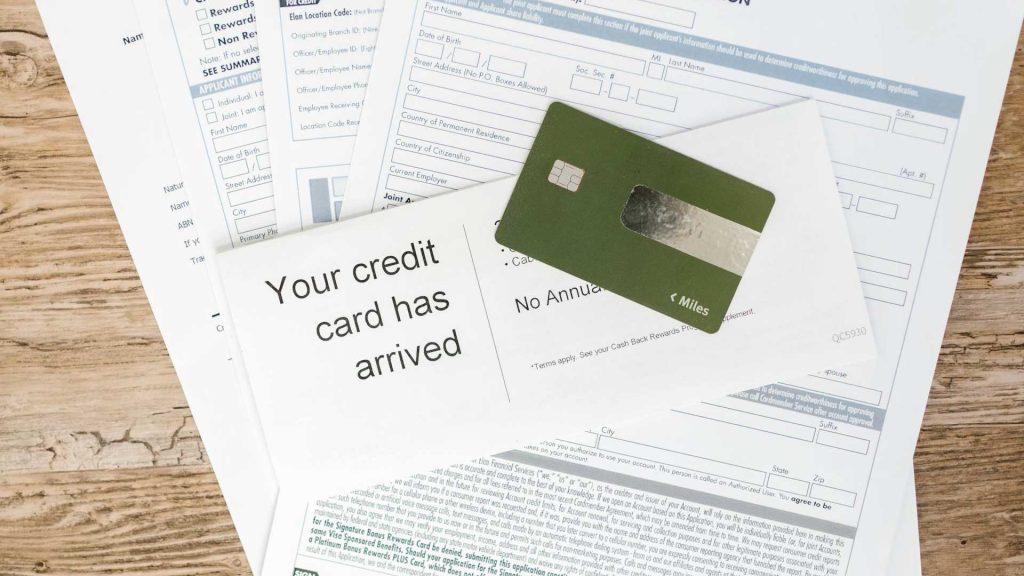If you’ve had late payments on your student loans, years of high credit card balances, or had your home foreclosed on, you may unfortunately have poor credit or bad credit.
With a low credit score, you’re unlikely to get approved for credit cards, for example. While you may be able to get a car loan or a mortgage, you’ll pay much higher interest rates as a result. Compared to a buyer with good credit, a person with bad credit can pay up to $50,000 more in interest on a mortgage. And over their lifetime, they can end up paying more than $200,000 in unnecessary interest, simply because they have bad credit.
The good news is that you can repair your credit and you can do it yourself. It just requires knowledge and a little patience… Well, a lot of patience, since it is a bit of a tedious task.
If you don’t want to or don’t have the time to deal with this personally, I’ll give you a very interesting alternative at the end. Don’t forget that I only recommend products or services that have helped me personally or that I know of their quality.
THE 7 STEPS TO REPAIR YOUR CREDIT
Know your credit score and familiarize yourself with your credit report.
Your credit report contains information about how you’ve used credit over the past 10 years. Each of the three credit bureaus—Equifax, Experian, and Transunion—issues its own reports. Most lenders report to all three bureaus, but not all, so it’s worth checking all three. You can request your free report HERE .
Your report is used to calculate your credit score, which you also need to know. Your credit score measures your ability to pay your debts, which lenders use to determine loan or mortgage terms. This score is not on your credit report. Your credit card company can usually give you your score for free. You can also purchase your credit score information from one of the designated credit bureaus.
Fix or dispute errors
These bureaus sometimes make mistakes. It is estimated that 25% of people have an error on their credit report and in some cases this causes them to end up paying more for a loan. If you find an error on your report, you have to dispute it. This dispute is done by writing a letter to the entity that made the error. I leave you HERE a sample letter that you can use. You have to give them a few weeks to fix the error with the credit bureaus and then confirm that it is fixed.
Always pay your bills on time
Your payment history is 35% of your credit score. It’s critical to pay on time, preferably with automatic payments, to avoid forgetting. If there’s something you can’t automate, like medical bills you receive one time, pay them right away. And if you can’t pay them, call the person who sent you the bill and ask for a payment plan. But don’t let yourself go without paying, and without making a payment arrangement.
Keep your credit utilization below 30%
Your credit utilization ratio is measured by comparing what you owe to your total credit card limit. A ratio between 0% and 30% is considered good. For example, if you have two credit cards with a credit limit of $2,000 each, and you have $500 of unpaid balances on one of those cards, your credit utilization ratio would be 12.5%, which is divided by the debt ($500) by the total credit limit ($4,000).
Pay your other debts
If you have debt, paying it off can help your payment history and lower your credit utilization ratio. To pay off credit cards, you can use one of the following methods, depending on your preference: avalanche or snowball.
– The avalanche method focuses on paying off your highest-interest credit card debts first.
– The snowball method begins by eliminating the smallest balances.
Keep your older credit cards open
It’s tempting to close cards as we finish paying them off. But that’s not a good idea, since keeping them open shows a longer credit history, which adds 15% to our credit score. The exception is if the card has an annual fee, which doesn’t make sense to pay if we’re not using it or when the bank that issues the card closes it due to inactivity.
Don’t take out more credit cards unless you need them
Every time you apply for a loan, the issuing bank does what is called a ‘hard credit check’, which means it looks at all your credit history. This causes your score to drop between 1 and 5 points. This also lowers the average age of your credit.
Each person has the possibility of repairing their own credit, but it is involved and requires attention, perseverance, and good follow-up of each correction requested.
There are companies that specialize in this service and Hola Fortuna works with UWE for their good customer service in Spanish, and for their efficiency in achieving the desired results. They have been in the United States market for 16 years. It is also very important to note that the credit repair package includes your complete will, with the 4 powers of attorney, credit lawyers at your disposal to avoid creditor harassment, identity monitoring service to keep hackers away and help with your savings goals.



